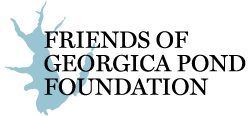We are often asked if the water coming out of our taps is safe to drink. The answer to this question is not a simple yes or no. As a reminder, all of our drinking water comes from the aquifer below us. We cannot pump water in from upstate and there are no reservoirs. The stewardship of the aquifer is critical both in terms of quantity and quality. Chemicals, contaminants, and nutrients that we generate are all recharged back into the aquifer.
Private vs. Public Well
If your drinking water is provided by the Suffolk County Water Authority (SCWA) it is safer than a private well. The reason is that it is frequently tested for contaminants and when detected, they are treated. At Georgica Pond, our SCWA distribution area is Area 23 and the results of the frequent testing can be found by clicking on this PDF. SCWA wells also pull from deeper in the aquifer where there is less contamination.
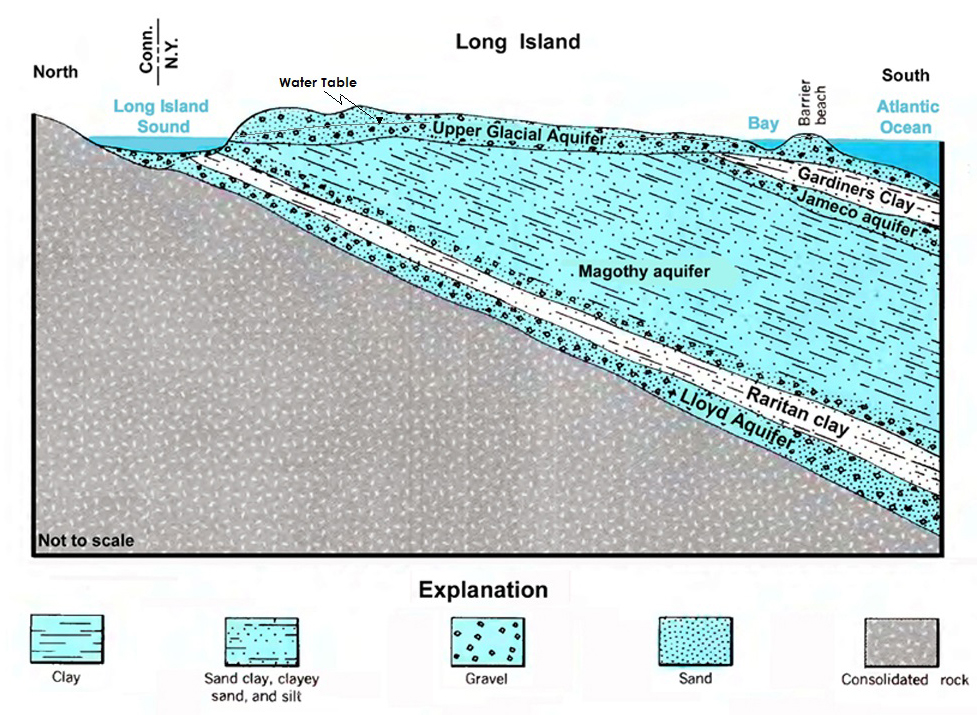
Forever Chemicals
After PFAS chemicals (per & polyfluoroalkyl substances) were found in private wells on the west side of Georgica Pond, SCWA installed 8.5 miles of new public water lines. This was a major project supported by New York State and the Town of East Hampton. The Gobler Lab at Stony Brook University and Center for Clean Water Technology have been studying PFAS chemicals in the Georgica Pond ecosystem. Known as “forever chemicals” they have been documented to move up the food chain at Georgica Pond. Their impact on estuarine systems is poorly understood but their impact on human health is more fully studied. In 2009 the US EPA issued its first advisory about PFAS chemicals in drinking water.
Bottled Water
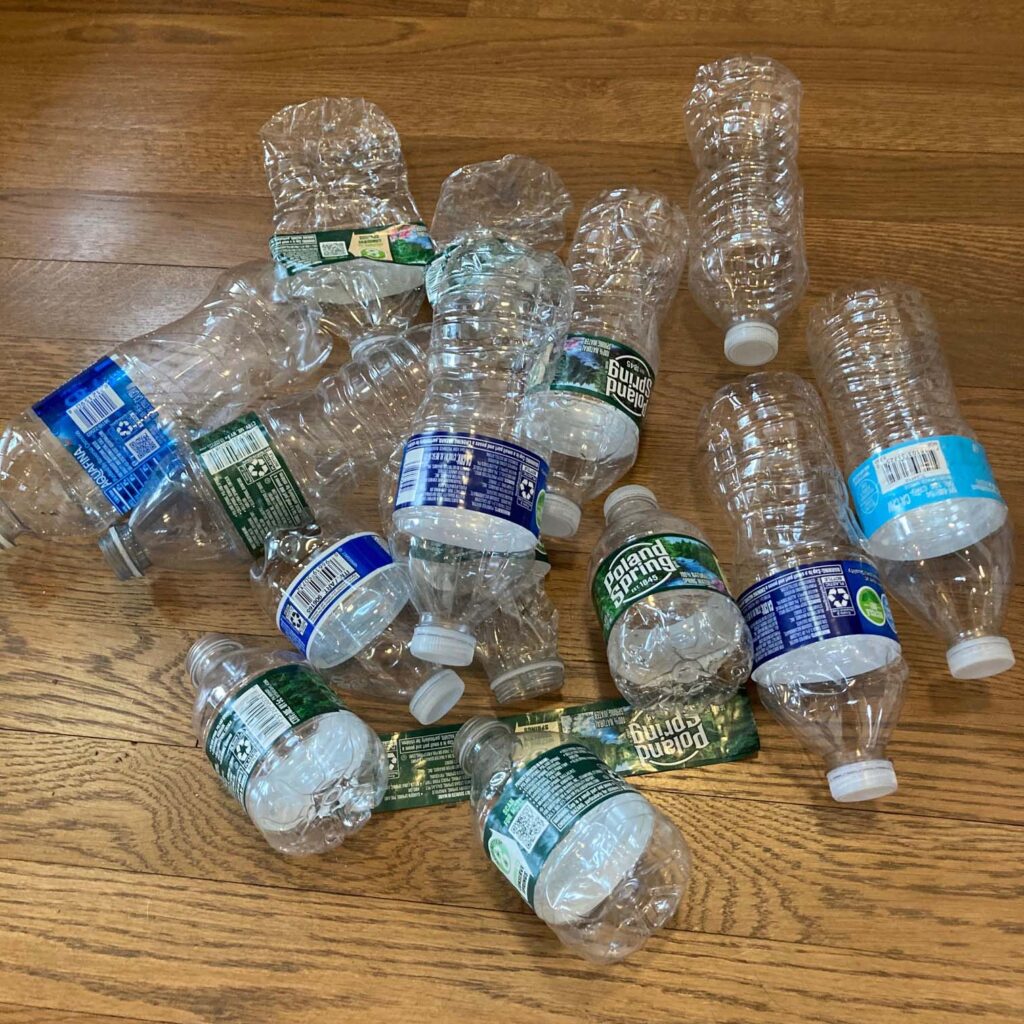
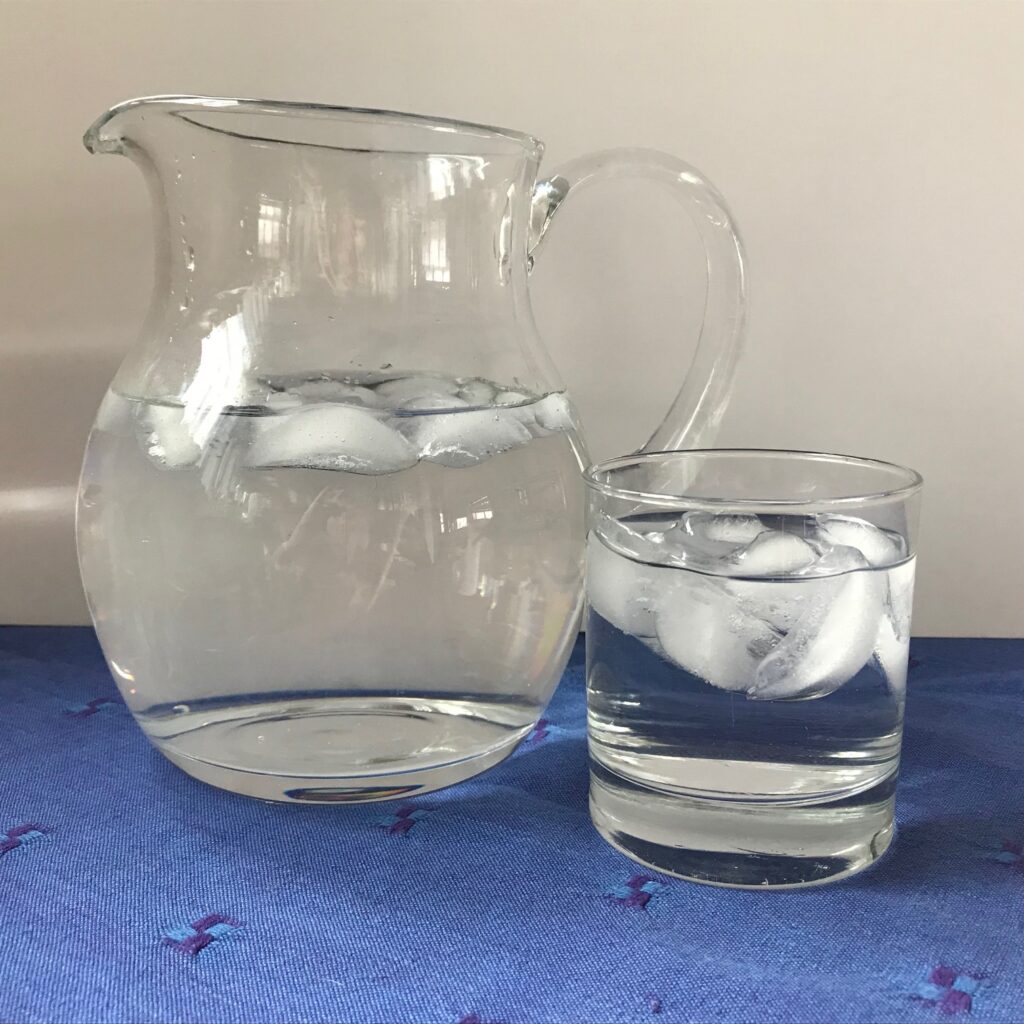
Some people feel that it is safer to drink bottled water. Bottled water may not be any safer than SCWA water and is usually bottled in single use plastic. More than 60 million plastic water bottles are thrown away everyday just in the US and only 17% are recycled. This is an unsustainable practice. In a blind taste test, we conducted at the East Hampton Library, we compared three sources of drinking water:
- SCWA from the tap at the library
- Poland Spring bottled water
- Water from a private well in Springs
The SCWA water was the clear winner. Instead of buying water in plastic bottles which break down into microplastics causing their own environmental and human health issues, we encourage you to buy a reusable water bottle and fill it up at home or at the many locations now available including East Hampton Town Hall.
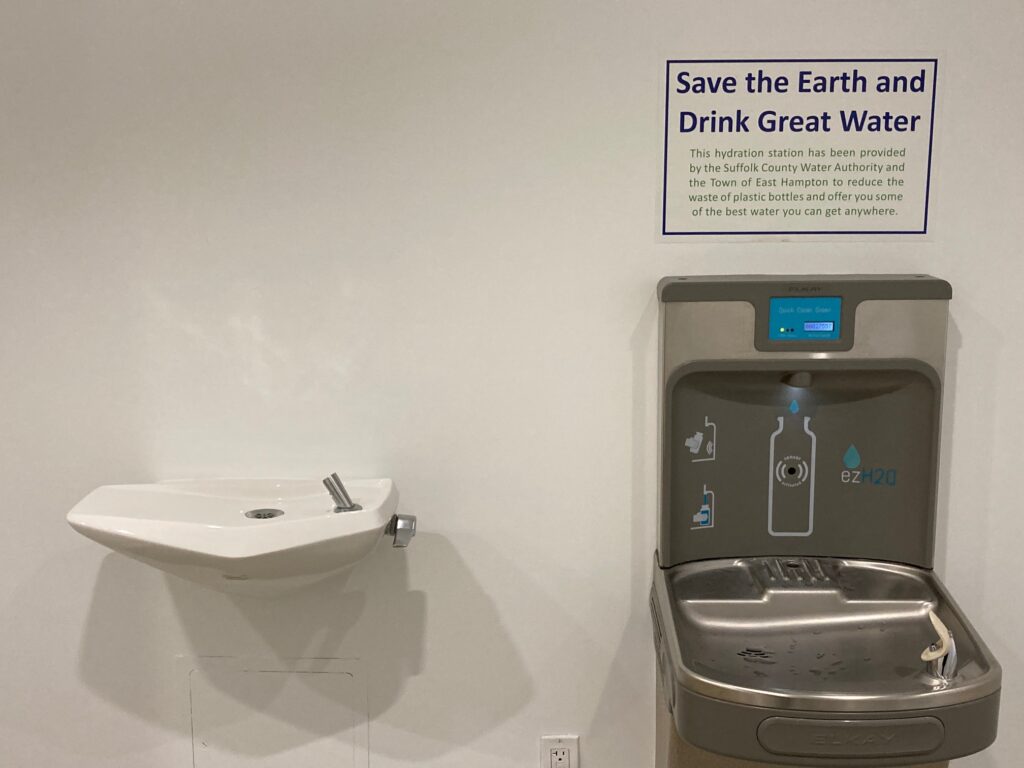
High Nitrogen
Nitrogen is also emerging as a serious concern in drinking water. For decades, the EPA limit on nitrate in drinking water has been 10 mg/liter. Research on nitrate and health effects has proliferated recently and correlations between high nitrate in drinking water to several kinds of cancer have been demonstrated. Today, the SCWA starts to treat its water supply if nitrate concentrations reach 5 mg/liter.
We already know we need to reduce the amount of nitrogen in the groundwater to prevent harmful algal blooms in Georgica Pond and now there are human health reasons to do so as well.
